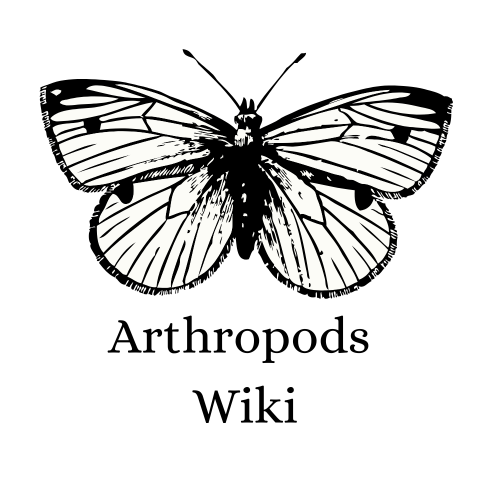Notonectidae is a cosmopolitan family of aquatic insects in the order Hemiptera, commonly called Backswimmers because they swim upside down. The Common Backswimmer, Notonecta glauca, is widespread in the United Kingdom, where it is known as the greater water boatman,[1] and in Europe.
Notonectidae are similar in appearance to Corixidae (common names 'Water boatman' in the US, 'Lesser water boatman' in the UK), but can be distinguished by their larger size (up to 20 mm), dorsal-ventral coloration, front legs, and predatory behavior. Their dorsum is convex, lightly colored without cross striations. Their front tarsi are not scoop-shaped and their hind legs are fringed for swimming. There are two subfamilies, Notonectinae and Anisopinae, each containing four genera.
The most common genus of Backswimmers is Notonecta – streamlined, deep-bodied bugs up to 16 mm long, green, brown or yellowish in colour. N. maculata, is distinguished by its mottled brick-colored forewings.
Backswimmers swim on their backs, vigorously paddling with their long, hair-fringed hind legs and attack prey as large as tadpoles and small fish. They can inflict a painful "bite" on a human being (actually, similar to a mosquito "bite", it is a stab with their tubular mouthpart). They inhabit still freshwater, e.g. lakes, ponds, marshes, and are sometimes found in garden ponds. Although primarily aquatic, they can fly well and so can disperse easily to new habitats. They seem to be attracted to light; similar to a moth drawn to a flame. For instance, if a Backswimmer enters a swimming pool with an LED light seen under the water, it will inspect the light by swimming up close to it and never leaving that spot.
Differences with other aquatic Hemiptera[]
In contrast to other aquatic insects that cling to submerged objects, Anisops deanei uses a unique system to stay submerged: using the extra oxygen supply from haemoglobin in their abdomen, instead of using oxygen dissolved in the water. The size of these air bubbles, which provide buoyancy, changes as the nitrogen dissolves into the blood and the oxygen is used in respiration. This allows for regulation of the size of the air bubbles and their concentration of oxygen.
